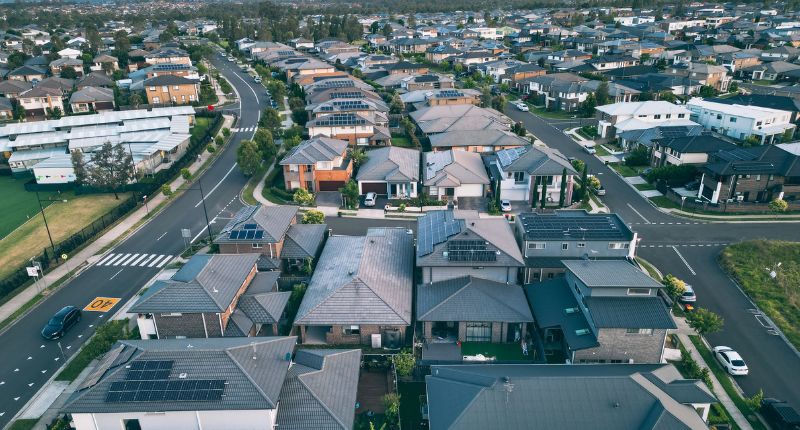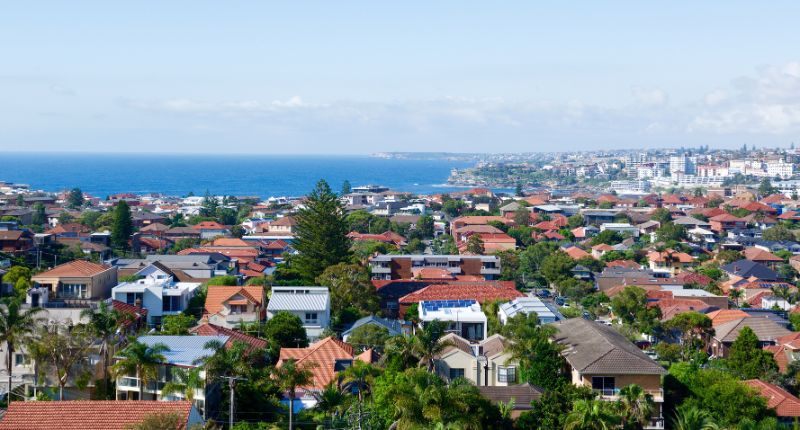- Seasonally adjusted, number of dwellings fell by 8.6% in April
- Private sector house approvals, however, increased by 4.6%
- ABS said HomeBuilder ending did not have an impact on the April data
The Australian Bureau of Statistics (ABS) has released building approvals data for April 2021 that has delivered a mixed result.
While the number of dwellings approved seasonally adjusted fell by 8.6% in April, private sector house approvals hit a record high.
“While there was a fall in overall approvals, the April result highlights the continued strong demand for detached housing, with private sector house approvals reaching a new record high in April, up 4.6 per cent,” said Daniel Rossie, the Director of Construction Statistics at ABS.
“Since the introduction of HomeBuilder in June 2020, private house approvals have risen 84 per cent, with South Australia hitting a new record high in April, and New South Wales reaching the highest level since December 1988.”
Daniel Rossie, Director of Construction Statistics ABS
The fall in the number of dwellings approved follows an 18.9% rise back in March.
More specifically, the total number of dwellings approved in April excluding houses fell by 28.6%.
The ABS says the official end of the HomeBuilder grant on 14 April 2021 did not impact on building approvals data due to the fact the process of building approvals occur after a HomeBuilder application is submitted.
State-by-state, New South Wales, Western Australia and South Australia all saw total dwelling approvals rise by 12.3%, 5.5% and 3.4% in adjusted terms. Victoria, Queensland and Tasmania all saw falls of 23.5%, 1.2% and 2.5% respectively.
In terms of approvals for private sector homes, they rose in New South Wales by 30.1%, 8.3% in Queensland and 2.7% in South Australia, seasonally adjusted. Victoria and Western Australia both saw falls of 5% and 3.8%.
In seasonally adjusted term, the total value of building approvals decreased by 22.6% with more specifically total residential buildings falling by 7.1%, 7.6% for new residential buildings and 3.8% in residential alterations and additions.
Due to a significant decrease in public sector approvals, the value of non-residential buildings fell 43.2% after reaching a record high in March.








